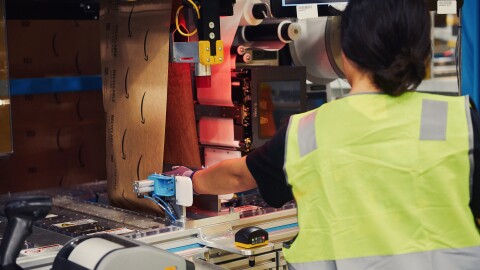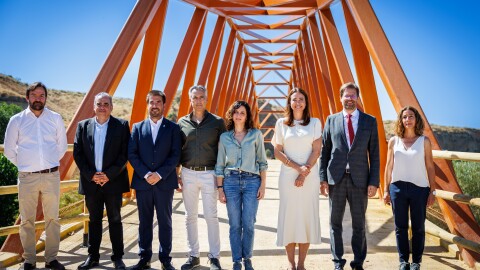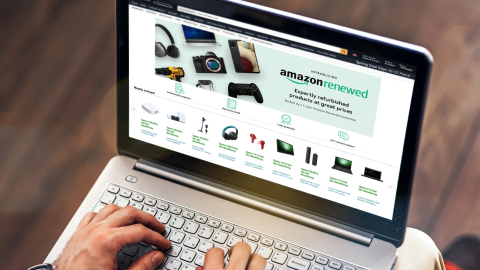At Amazon, we're constantly looking for innovative ways to serve our customers while reducing the environmental impact of our operations. This year we'll transport over half a million packages on high-speed trains between Paris and Lyon.
Picture this: our packages racing at 320 km/h on the same train with passengers on France's iconic TGV trains. The journey takes just 2 hours and 18 minutes to cover 470 km. We're not just making deliveries faster and more efficient - we're changing how packages move across France and reducing carbon emissions on a major logistics route.
Through our partnership with Rail Logistics Europe (RLE), SNCF's freight division, we've secured dedicated storage areas on these ultra-fast trains. After a successful pilot last year, these operations now take place six days a week. When packages reach Paris, our commitment to delivery with lower carbon emissions continues – up to two-thirds of our last-mile deliveries are made using electric vehicles, cargo bikes, or on foot.
This initiative is crucial for our goal of achieving net-zero carbon emissions by 2040, as rail freight generates lower emissions than traditional road transport.
Transforming our network
This high-speed rail service is just one part of our evolving transportation strategy. Across Europe, we've been changing how we move packages and inventory within our network. In just two years, we've doubled the use of rail and sea routes - now operating over 500 rail and sea lanes. In France, rail accounted for more than 25% of our inventory movements in 2024.
We're also getting smarter with equipment usage, utilising trailers which can switch seamlessly between ships, trains, and trucks. We've also placed our largest-ever order of 200 electric heavy-duty vehicles, demonstrating our commitment to lower carbon emission transportation modes.
With our €250 million investment to decarbonise our transportation network in France and plans to expand similar initiatives across Europe, we're proving that efficient delivery and environmental responsibility can work together. Stay tuned - the future of package delivery is racing down the tracks!
















